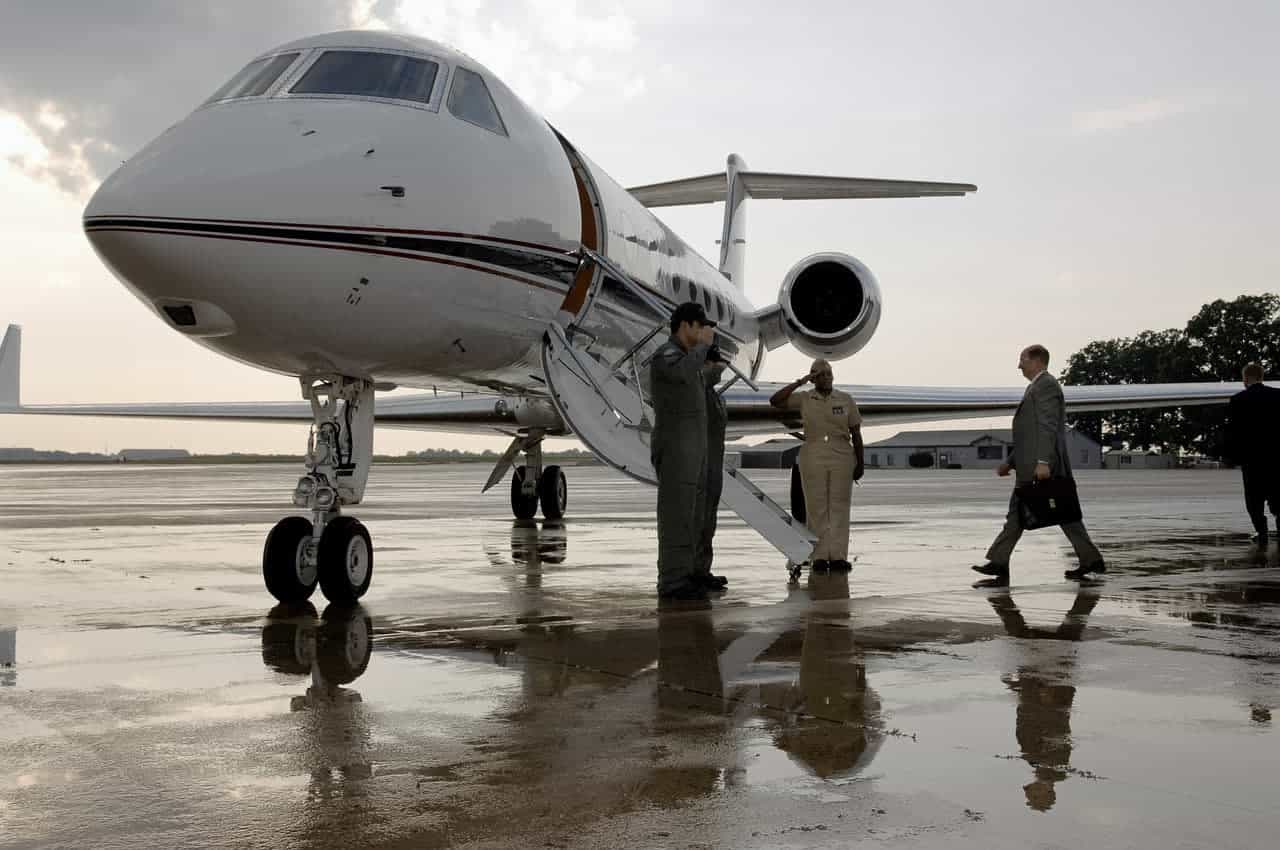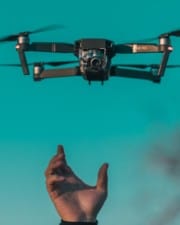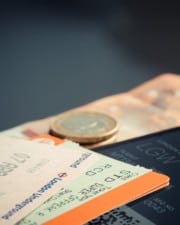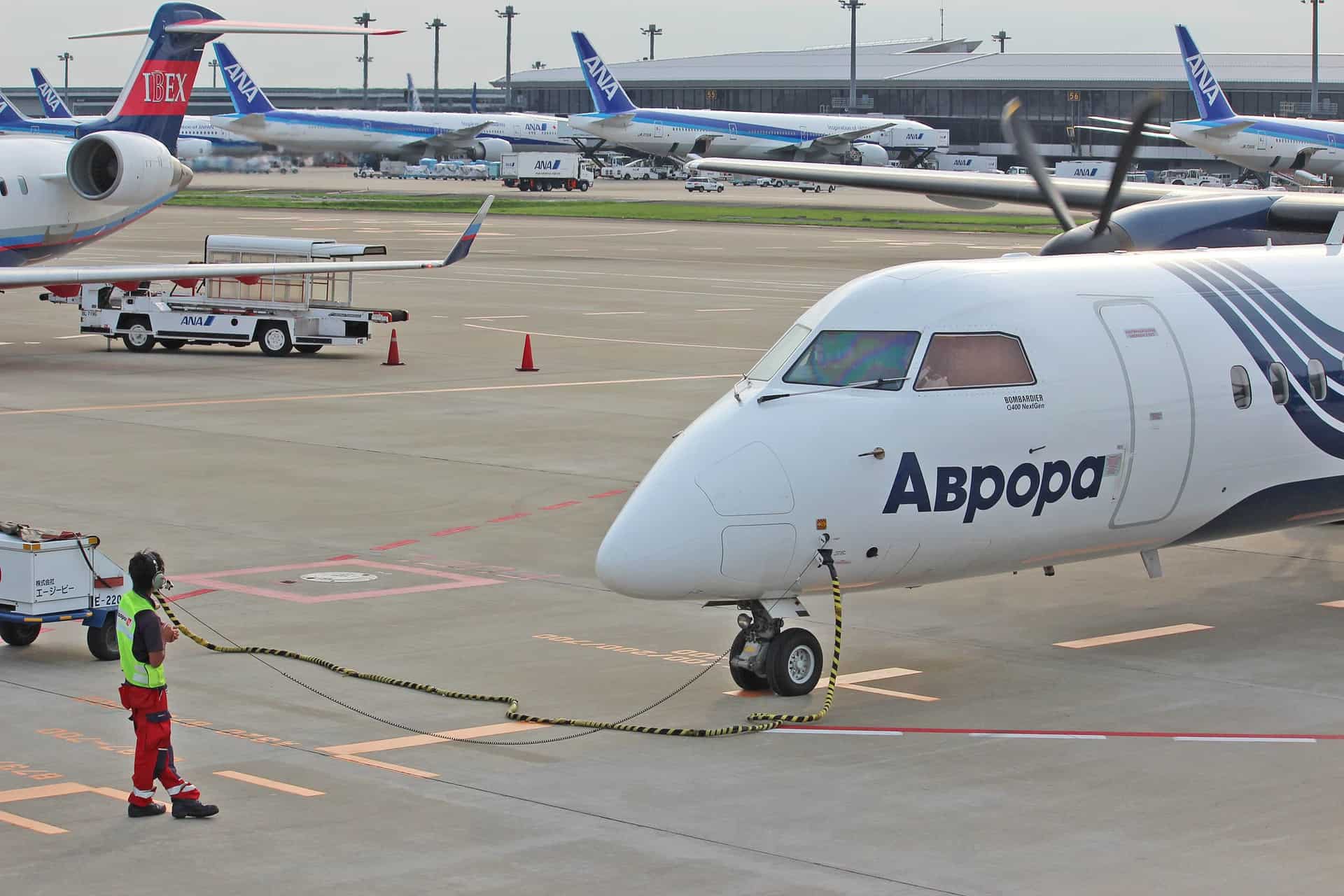As President, as in life, the right choice is often hard and hardly apparent. The answer is often more complex than first imagined and, to quote Obi-Wan, “depends greatly on our own point of view.” For example, what’s the answer to this Presidential quandary – who was the first President to fly?
The answer: Roosevelt. “But there were two of them!” Yes – and, “from a certain point of view,” both are correct.
Let’s answer that question along with a few other Presidential flying firsts.
Table of Contents
1. Three Roosevelts in Flight
The first President to fly
So, how can the answer be both Roosevelts?
The trick comes in how you define “first President to fly.”
If it’s the first President to fly at all, then Theodore Roosevelt’s your man, having pioneered the Presidential flightpath by flying in a plane in 1910.

If you are a historical or political science buff, however, you’ve already spotted a problem – Theodore Roosevelt wasn’t President in 1910.
By that point he had already left office and gone off to enjoy post-retirement whirlwind adventures, from hunting in Africa and to writing his memoirs to traveling the world and, well, flying in an airplane.
So, while Theodore Roosevelt is the first President to fly, he wasn’t the first to fly while being President.
The first President to fly while being President

That honor goes to his fifth cousin, Franklin Delano Roosevelt.
On January 14th, 1943, FDR flew across the Atlantic in a Boeing 314 Flying Boat (named The Dixie Clipper, if you’re curious) to Casablanca to meet with Winston Churchill to discuss strategy during WWII.

The first First Lady to Fly
Continuing the Roosevelt Presidential Flying Firsts, Eleanor Roosevelt was the first First Lady to fly – and actually, she beat her husband to it, flying with a member of the Tuskegee Airmen on March 25th, 1941.
The fact that she was both the first First Lady to fly and did so with a Black airmen in Alabama in the era of Jim Crow demonstrates just how trailblazing that flight was, easily making Eleanor worthy of a mention alongside her fellow aviation-pioneering Presidential relatives.

2. Wilson Air Mail
If you think your mail takes a long time to get delivered now, try living pre-1918, when the United States Postal Service first took to the skies to begin air mail deliveries. Woodrow Wilson was on hand for the opening ceremonies on May 15, 1918, when a pair of air mail pilots took off in Curtis Jennys.
One was headed from Washington, D.C., the other from Long Island. The plan was to meet up at Philadelphia, swap mail bags, and continue onward, this beginning a mail exchange line between three of the most important cities on the Eastern Seaboard and, indeed, the whole country.
And then things, well, nosedived.
Thankfully not literally, but still, while Lt. Torrey Webb made it from Long Island to Philadelphia just fine, Lt. George Boyle took off from Washington D.C. and, due to a faulty compass, promptly got lost on the way to Philly.
He landed in Waldorf, Maryland to ask for directions, but while he didn’t nosedive, he did flip his plane over upon landing. Needless to say, it was the end of the line for Boyle and his mail delivery.
3. Air President One
Discounting Theodore Roosevelt (who was mainly just along for the ride), the first pilot President was Eisenhower. That said, for a President and man so defined by his incredibly distinguished military career, he wasn’t a military-grade pilot.
Still, you’ve gotta like that Ike learned to fly in 1939, making him the earliest eventual President to be a certified pilot in any capacity. Dwight David “Ike” Eisenhower was the first President to fly in a plane bearing the call sign “Air Force One” in 1953.
The original Air Force One was a special Lockheed C-121 Constellation called Columbine II. It could carry 44 passengers, had a maximum speed of 334 mph and cruising speed of 324 mph, was just over 92 feet long and had a wingspan of 123 feet.

For comparison’s sake, the current Air Force One has a wingspan of over 195 feet, is 250 feet long, and can obtain a maximum speed of over 600 mph.
4. JFK and the New Frontier of Jet Flight
By the 1960s, change was in the air – in more ways than one. John F. Kennedy was and remains the youngest President to be elected, promised a “New Frontier” of change, and in 1962 ushered in the age of Presidential jet travel with the first jet designed specifically for Presidential use.

The VC-137 Presidential variant of the Boeing SAM 26000 served JFK, Lyndon B. Johnson, and Richard Nixon until 1972, when it was replaced. It could hold around 40 passengers, featured four Pratt & Whitney TF33 turbofans which could generate 18,000 lbs worth of thrust each, and fly up to 600 mph.
Retired from service in 1998, you can see it today at the National Museum of the Air Force, located in Dayton, Ohio.
5. Two Georges, One “Jet Son”
A George Jetson reference was unavoidable given the fact that both George H.W. Bush and George W. Bush are the first two military-grade pilots in Presidential history.
Bush 41 flew combat missions in WWII, making him the first and so far still only combat pilot to reach the Presidency, flying a Grumman TBF Avenger into battle over Chi Chi Jima in September of 1944.

His plane was hit with flak and crashed, and though he bled and vomited profusely, Bush was still the only member of his crew lucky enough to survive. Around 100K US airmen died in WWII, roughly a quarter of all U.S. military casualties.
In all, he flew 58 missions that year, receiving three air medals, the Presidential Unit Citation, and the Distinguished Flying Cross in the process.
Dubya’s flight career was considerably less consequential. He signed up for six years in the Air Force and trained on a Convair F-102 Delta Dagger. Unlike his father, he did not see any combat.
However, while he was honorably discharged in 1974, he lost his flight status in 1972. The reason why remains a mystery, and was the subject of controversy during his 2004 reelection campaign.
Related Posts











